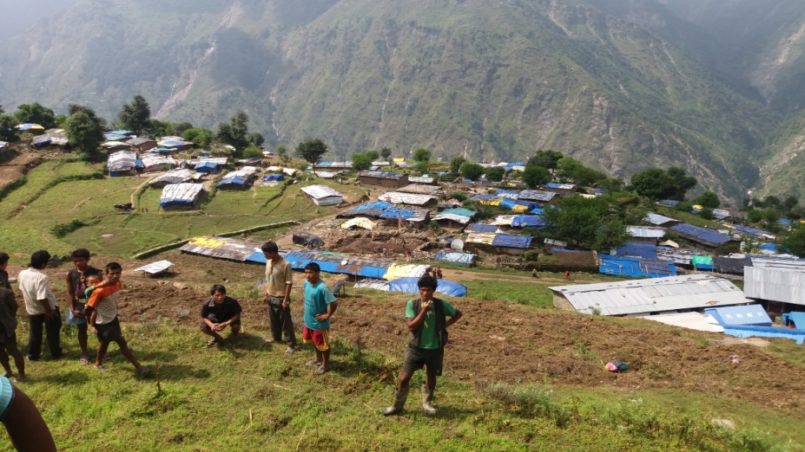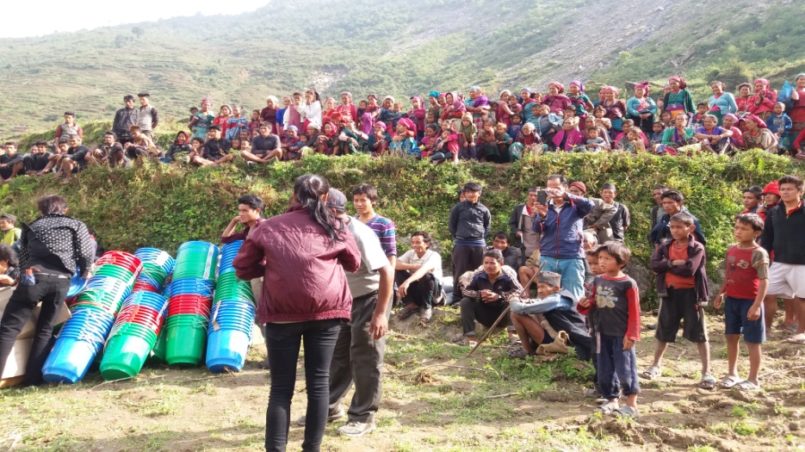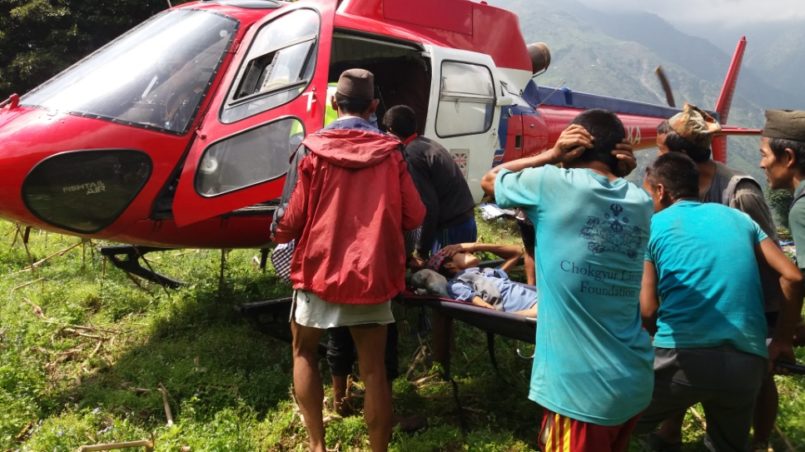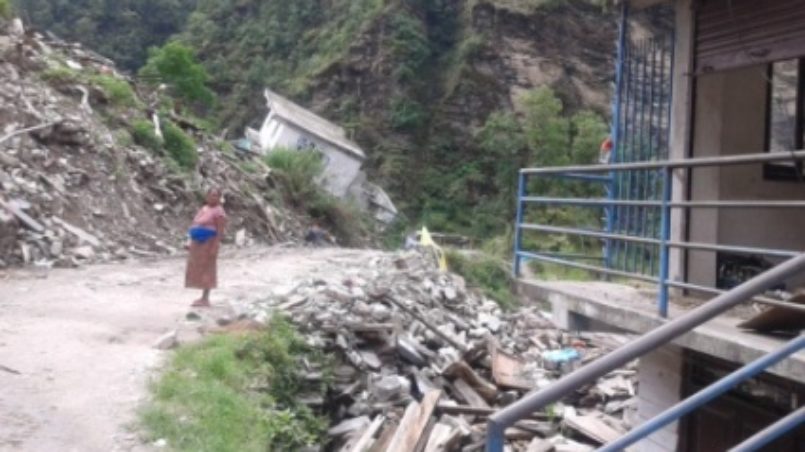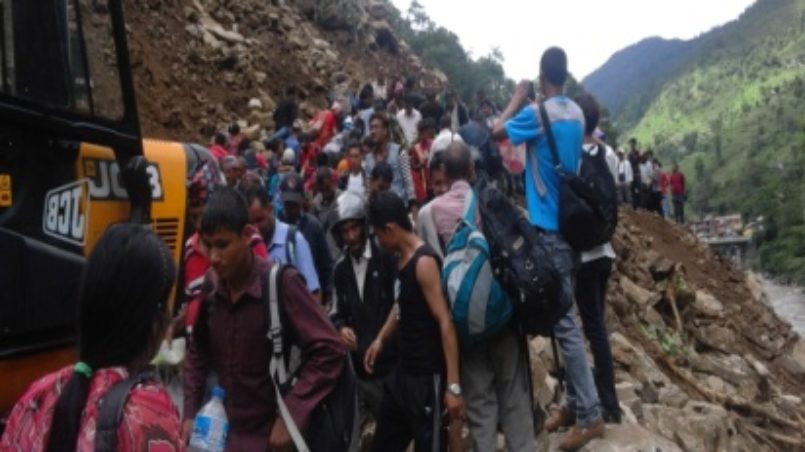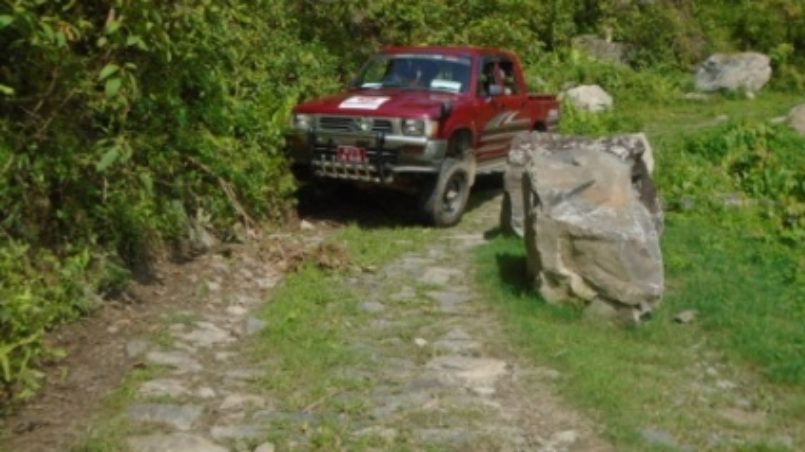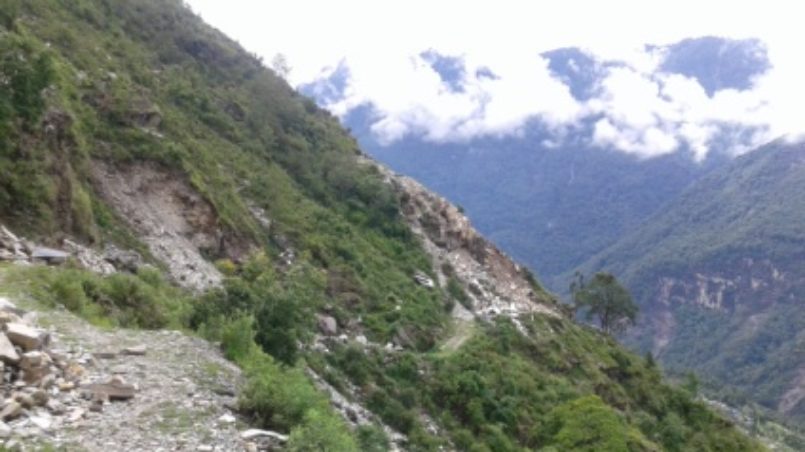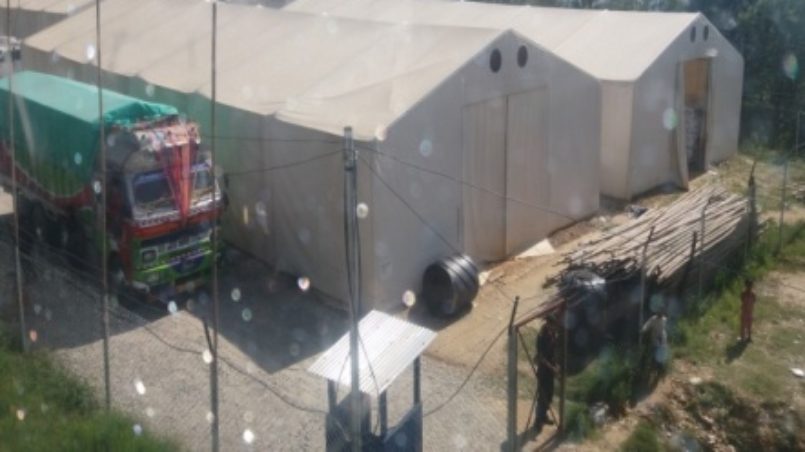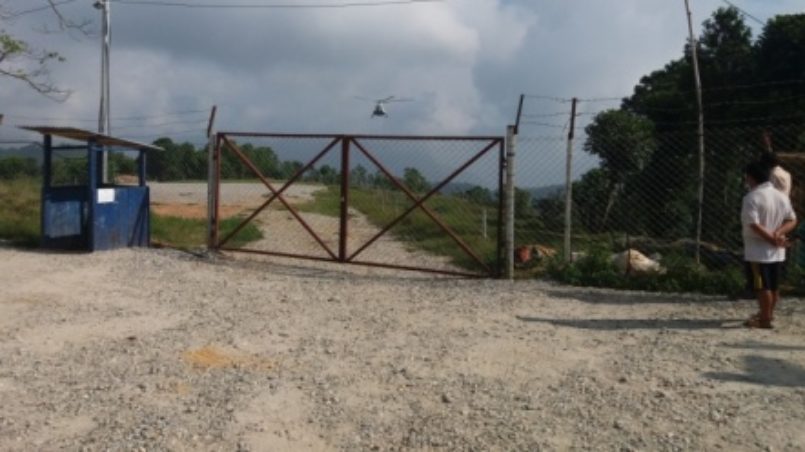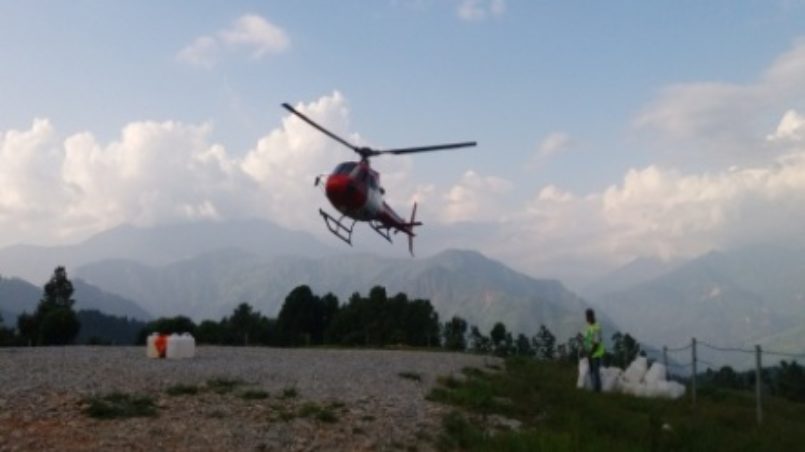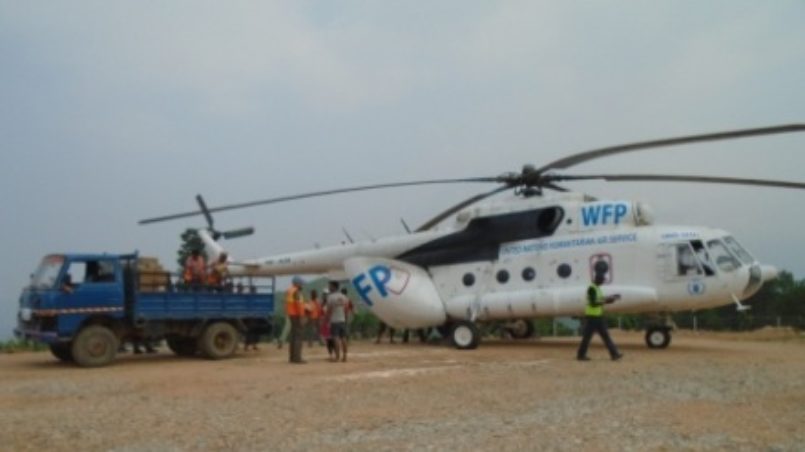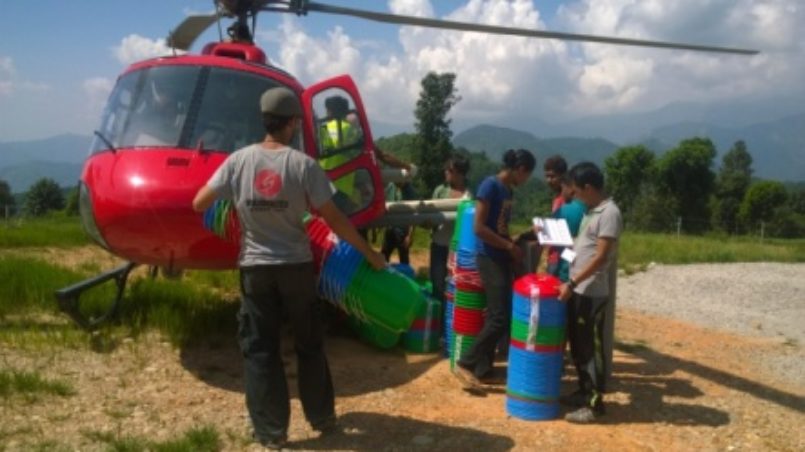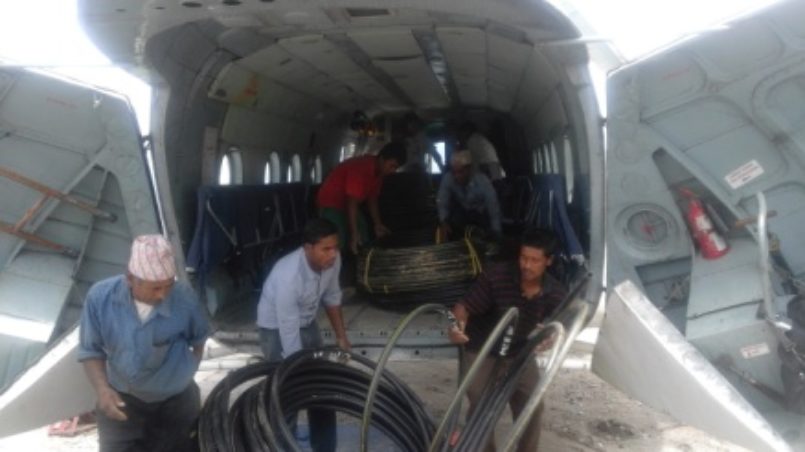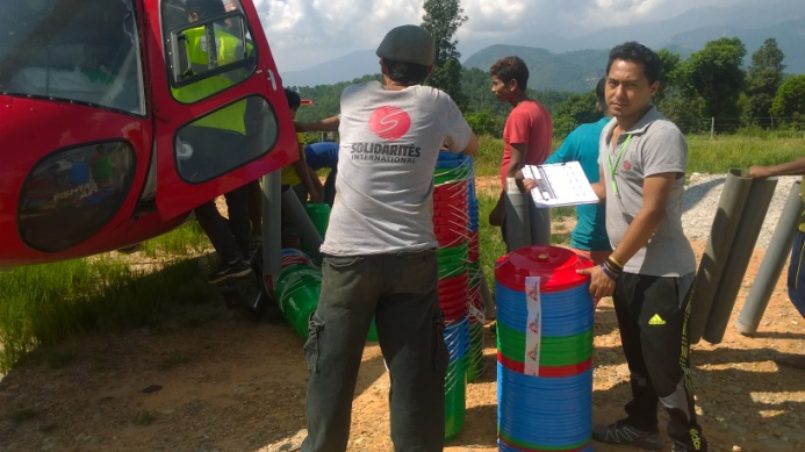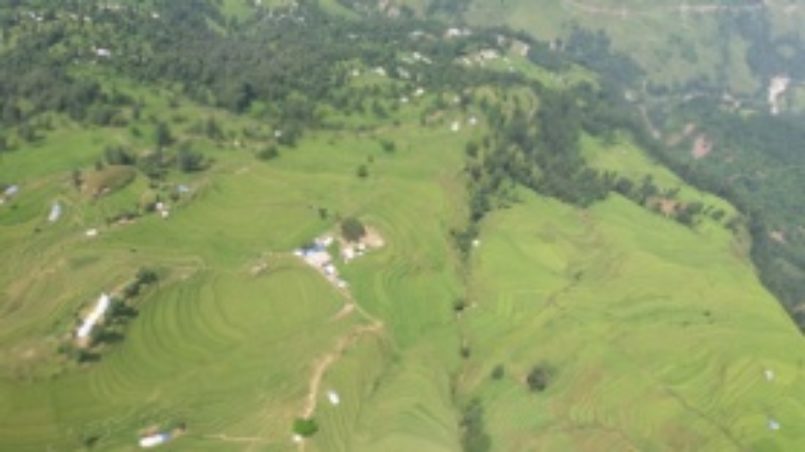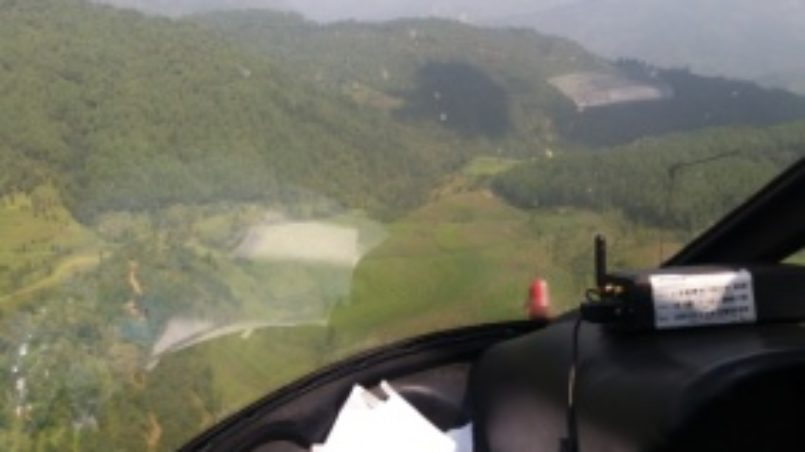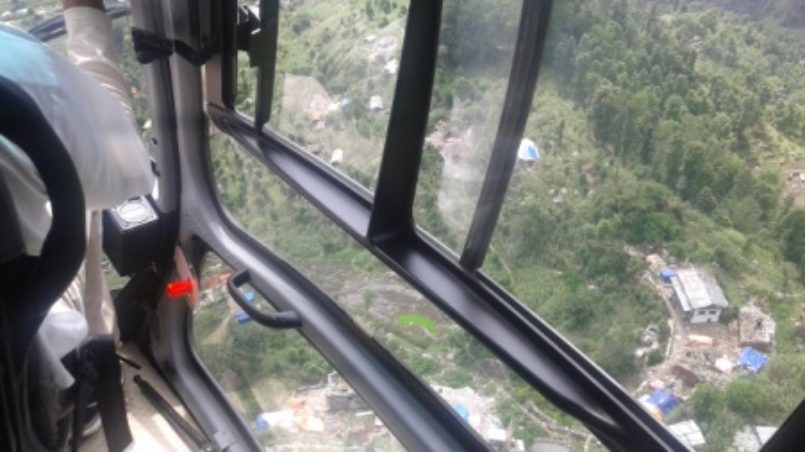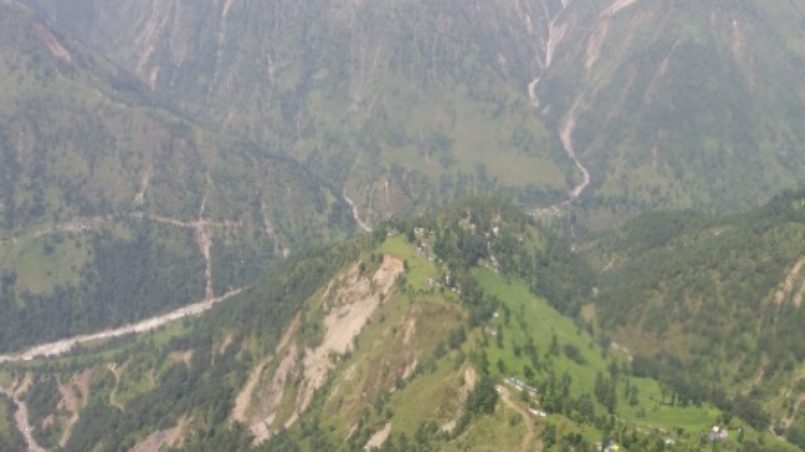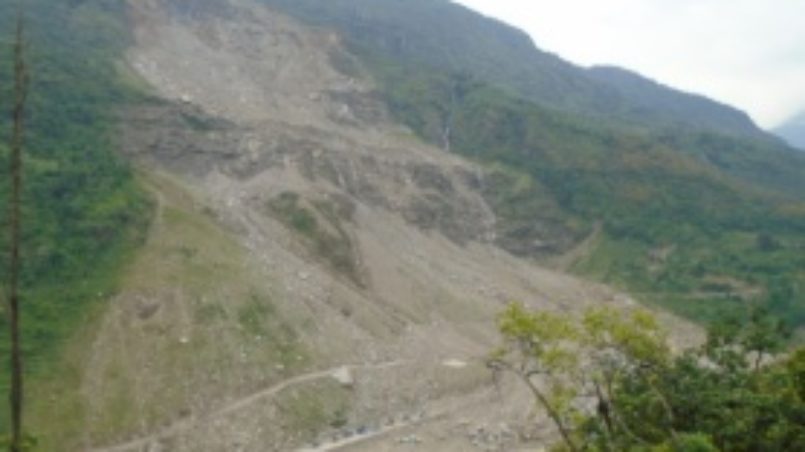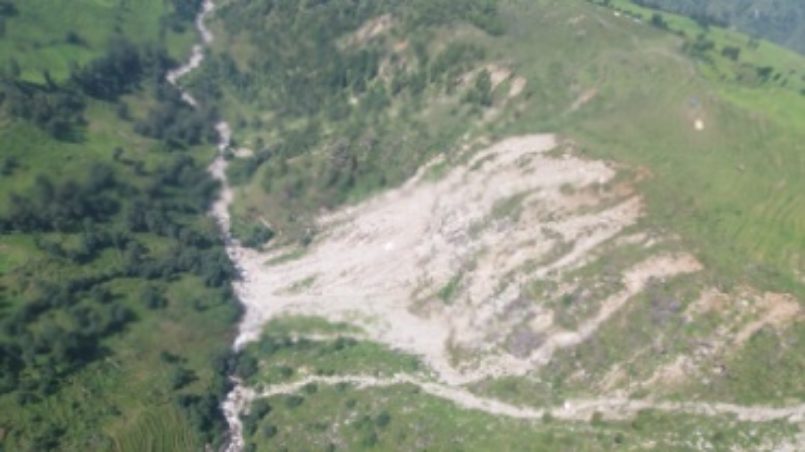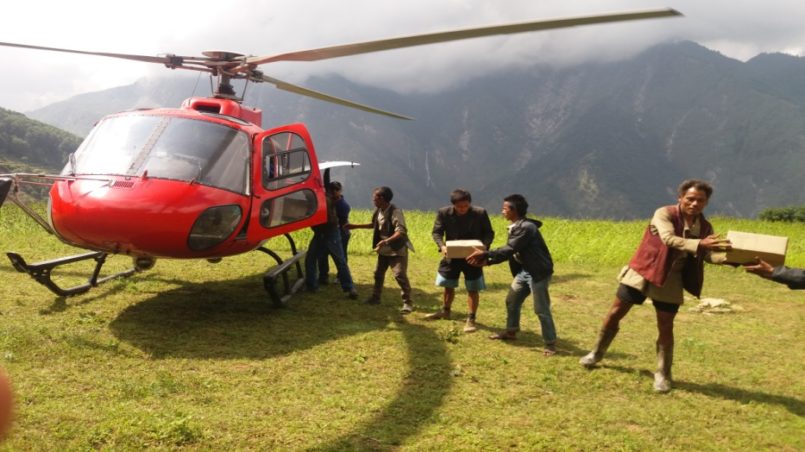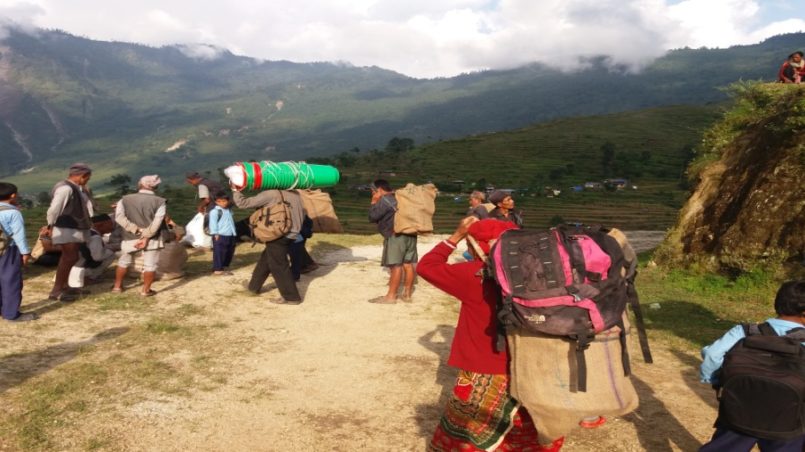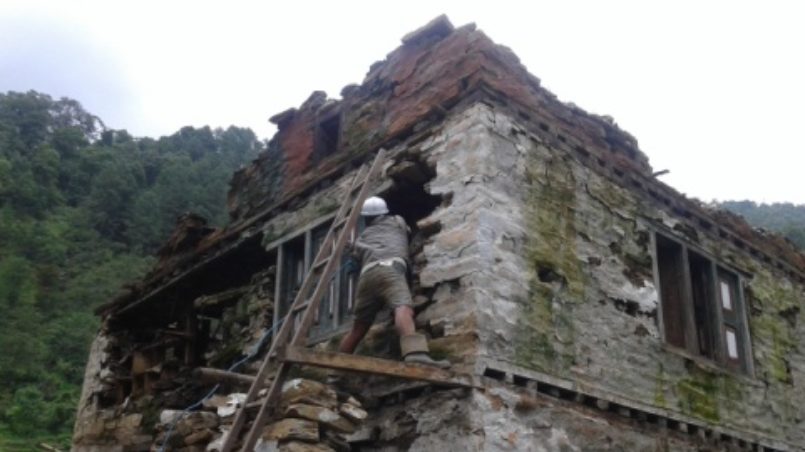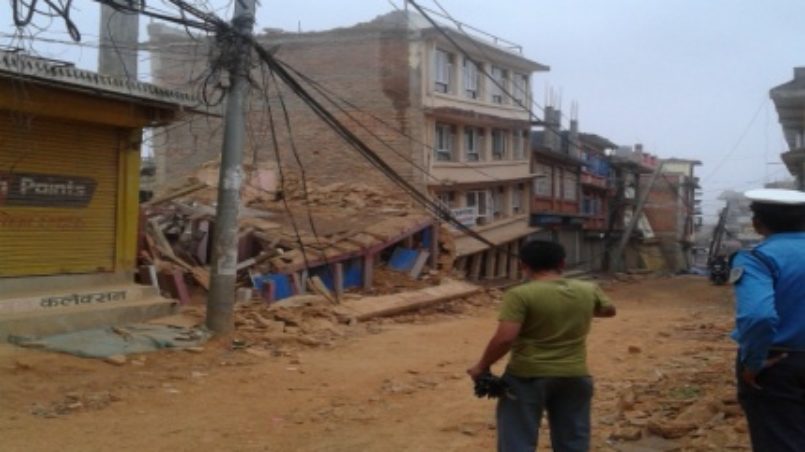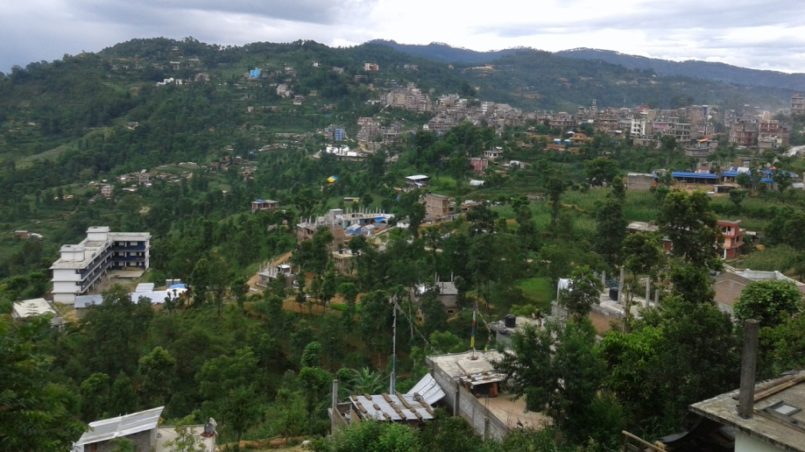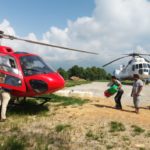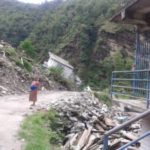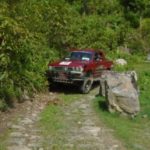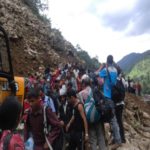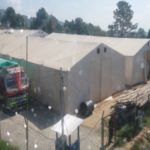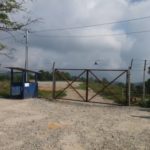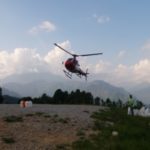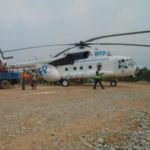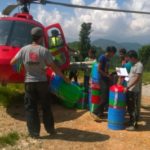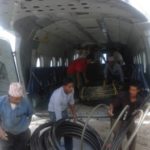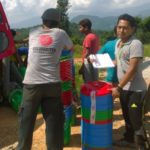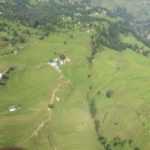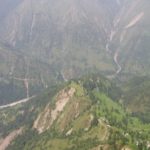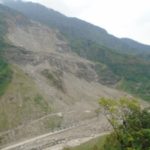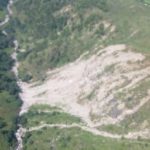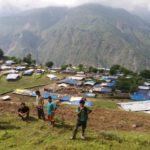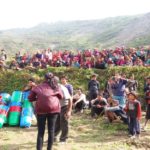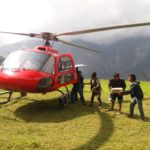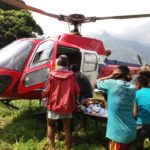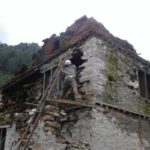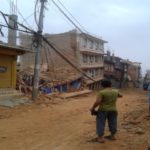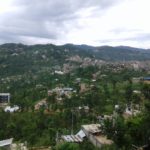24 Hours and 45 Flights
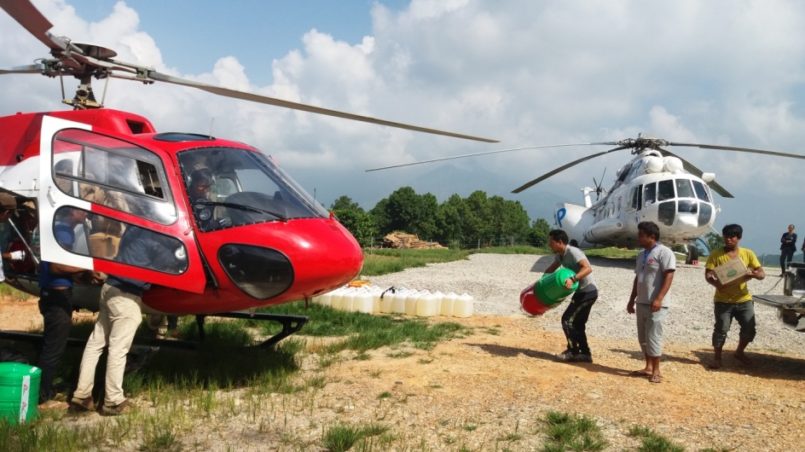
It is said that everything which happens in life, happens for a good reason and a suitable story. The same happened to me in Nepal. This is a story from 22 to 23 May 2015.
A few weeks before, on 25 April 2015 I was chatting with my colleague at Global Platform Nepal, where I was attending a 3-month training course on how to conduct a campaign and it would soon be over. On the same day, as a part of the campaign training, we had been preparing a play and a flash mob on the topic of water rights.
We had chosen the Patan Durbar Square as the venue for the play and flash mob as there are always lots of people there. After lunch, at about quarter to 12, we were discussing the topic.
In Nepali “Bhu” means “ground” and “Kampa” means “motion” and together, “Motion of Ground”. “Bhaga” in Nepali means “go away”.
As I was running down from the first floor of the building to the ground floor, I fell twice on the stairs but fortunately I was able to escape to an open place. Everywhere I could hear the sound of screaming, from men and women, the young and the old, children, animals, birds, everybody. Everything was moving, the high buildings were dancing in the sky, the trees were shaking violently, dogs were barking loudly.
After several minutes of shaking, the vibration stopped for a while. For a short while things were as they had been a few minutes before the earthquake. But then, after five minutes, there was a breathtaking movement of the earth and It seemed as if everything would be destroyed within a second again.
Now, networks were completely down. No contact via landlines, no cell calls, everything was in chaos. Suddenly, I heard something coming from far away, saying that there had been an earthquake, which measured 7.8 on the Richter scale and that huge damage had been caused in different districts of Nepal. The epicenter of the earthquake was in Barpark, in the Gorkha district in Nepal. This was the news broadcast by Image FM 97.9, Kathmandu.
Gorkha is one of the districts located in the western region of Nepal. Within five to ten minutes, there were frequent aftershocks again and again. Now I remembered my family members. After many attempts, I finally found out that everybody in my family was safe and I was so relieved and very happy. I realised that my feet felt somehow cold and, when I looked down, I discovered that I was barefoot because I had forgotten to put on my shoes.
Everybody was terrified. Nobody could eat or sleep for more than a week. We just survived on noodles and packed food for more than a week. We could not go into the kitchens of our homes to cook. The days passed and we felt as if we had been thrown into the well of death. We could not do anything.
Time passed and on 12 May 2015 there was another huge earthquake measuring 7.3 on the Richter scale and this time the epicenter was in the Dolakha district of Nepal. This time we heard that 16 districts of Nepal had been greatly affected by the earthquake. Among them, the most affected was the Sindupalchok district, which is a three-hour bus journey from the capital of Nepal, Kathmandu and it is also a neighbouring district of Dolakha.
According to the news we were hearing, about 9,000 people had been killed and more than 21,000 people injured throughout Nepal as a result of the earthquake, but in the Sindupalchok district alone, there were more than 4,000 deaths. The situation was terrible. The whole country was in pain. There were several landslides causing further damage. Tears were rolling down the faces of the family members of the victims. Wherever we went, we heard sad stories, everywhere and from everyone.
Nine out of ten units from the Nepal Army and Nepal Police were mobilized on a mission to rescue earthquake victims who were still alive. At that time, the Nepal Army and Nepal Police fulfilled their tasks so well and in such an incredible way that they were featured on the news everywhere and they became a source of inspiration to everyone in Nepal, including me.
One policeman managed to rescue a three-year-old girl after 24 hours of continuous efforts. When he heard that there was a girl trapped under a damaged building, he forgot all about himself and went under the building and finally he rescued the child. A news reporter interviewed the policeman and asked, “How did you manage to go under that damaged building…??? Right now we are experiencing so many aftershocks. Where did you find the courage and bravery to continue for 24 hours?”
Immediately, the policeman started to cry, saying:
First and foremost, it’s my duty to rescue the earthquake victims. Secondly, I am also an earthquake victim. I lost my one-year-old daughter and father in this earthquake. Although I couldn’t save them, I could save the life of a three-year-old girl who is also like my daughter. It was the love for my daughter that made it possible for me to do this
How inspiring were his words and his deeds.
I resolved to do whatever I could to help the people of Nepal in their pain and hour of need. I made a firm decision to help but how, where to begin…??? Whom should I contact…??? I was wondering and wondering and checking the Internet for some opportunities. Luckily, I saw a vacancy at Solidarity International from France and I immediately applied for it on 15 May 2015.
After three days I received an e-mail and I was called for an interview on 18 May 2015. I attended the interview and was informed that I would be contacted by phone if I were successful. I just shared my contact details with them and returned home. On 19 May in the late evening, around 5 o’clock, my cell phone rang and they told me that I had been chosen as a volunteer and they asked me to visit early in the morning on 20 May.
When I visited the SI office, they told me that they would be sending me to “LOC” and one of them asked me, “Are you ready for it?” Then completely surprised, I said, “LOC…???? Where is it?? Is it in Nepal or not?” The guy who had interviewed me laughed, and said:
LOC, it’s not a place, it’s short for ‘life out of control’. We are sending you to a place where your life will be out of your own control. We are sending you to the Sindupalchok district where thousands of people have been killed and many have become homeless due to the recent earthquake. You will be going there to distribute emergency relief materials such as food, tents, tarpaulins, temporary toilets, hygiene kits, chlorine to treat the water, blankets, carpets, buckets, water tanks, pipes and so on. Your will be in great danger, because you will be going by car up to Chautara, the headquarters of the Sindupalchok district and from there you will have to catch a helicopter to very high and very remote areas.
They told me that they had taken on the responsibility for four VDCs (Karthali, Ghorthali, Golche and Gumba) of the Sindupalchok district. These four VDCs were the most remote, most affected and highly neglected VDCs of the Sindupalchok district, which were very far from any roads and, therefore, difficult to get to and, therefore, it was only possible to reach these places by air transport. They asked me again if I could do this?
You may have to travel continuously for two days in the first emergency phase. Anything can happen, we can’t give you any guarantee. You have to work at your own risk because you are helping your own family, your own mothers, brothers and sisters. That’s why we called it ‘LOC=Life out of Control’. So, are you ready for it?
I told them that I was. I would do it whatever the terms and conditions. I would do it for myself and for my country’s people. They explained my role and the responsibilities that I would have on the field. They gave me one day to prepare everything, which I did on the same day.
On 22 May, early in the morning, I had to leave for Chautara, Sindupalchok. Around 6:15 am I was sitting in the SI car and we set off for Chautara. There were two things running through my mind; first I was excited, because for the first time I was going to travel in a helicopter and secondly I was so nervous about going to new place. I just couldn’t stop thinking and, suddenly the car stopped.
I looked outside and I saw the gate of the emergency relief camp at Chautara. There were several huge emergency tents, which had been put up inside the gate, and nearby there was a helipad. After showing our ID cards and being checked by the gatekeeper, we entered the emergency relief camp.
Inside the camp everything was ready for distribution. Now I was just counting the stones on the ground and waiting for the helicopter to come from Tribhuwan International Airport, Kathmandu. Suddenly, around 9:30 I could hear the approaching helicopter and finally it landed. There were other two guys, named Anton (Canadian) and Ricardo (Spanish) from SI to help me with the materials.
The workers started to load the relief materials into the helicopters. One was smaller (Nepali Fishtail helicopter) and the other was bigger (WFP helicopter). Within 15-20 minutes everything was loaded and I had to board the smaller helicopter. I was feeling terribly nervous as I fastened my seat belt and put on the headphones and finally the helicopter took off.
I shouted “Woooooo” as the helicopter went up into the sky and how can I explain what I saw from the helicopter?
There were four of us in the helicopter, two pilots, one worker and I.
As we continued the flight, I saw all the homes that had been destroyed. People were just sitting outside in the open, gathering in a mass, scattered at different places and staring up at the sky. They were reaching their arms out towards the sky and they started running towards the helicopter. They were running as if they were thinking that the helicopter was bringing something for them.
I asked the pilot, “Is that the place where we are going?” The pilot replied, “No, in 15 minutes we will arrive at our destination.” As time went on, one of the villages came nearer and nearer. I saw that none of the houses in that village were safe. Everything was destroyed except one Buddhist Stupa (a place where Buddhists pray and stay).
The people started to scream as the helicopter came nearer, but I couldn’t see a helipad there. But, unexpectedly the helicopter landed in an open field where crops were growing.
I eventually managed to form a committee, which could distribute all the materials brought by the two helicopters. After 15 minutes of arguments, we left. When the helicopter was taking off, people were trying to snatch the relief materials from each other.
This was my first flight and I reminded myself that I still had 44 more flights to travel. This time I felt so happy that the earthquake victims were getting the emergency relief materials and at least they could survive without being hungry for a few weeks.
Slowly and gradually, one after another, I started making a number of flights to different places, forming different committees of people and distributing the relief materials.
I felt an internal conflict within me between my heart and mind. My heart was feeling so happy that I was helping the people who were in trouble and lots of pain. But, on the other hand, my mind feared what could happen because flying in Nepal is very risky and the weather was also not that good. Also, in some places, there was not enough space for the helicopter to land and we had to land wherever we found open spaces, whether big or small, narrow or wide.
In some places the larger helicopter could not land, and we had to throw the relief materials from the helicopter. At those places, people used to snatch the relief materials and fight for them.
All this happened in Nepal within a period of 24 hours (2 days) and on 45 flights.
Because of my bravery and excellent performance, I was later offered a six-month contract to work in SI. That LOC period of 24 hours and 45 flights was the LUCK of my life.
